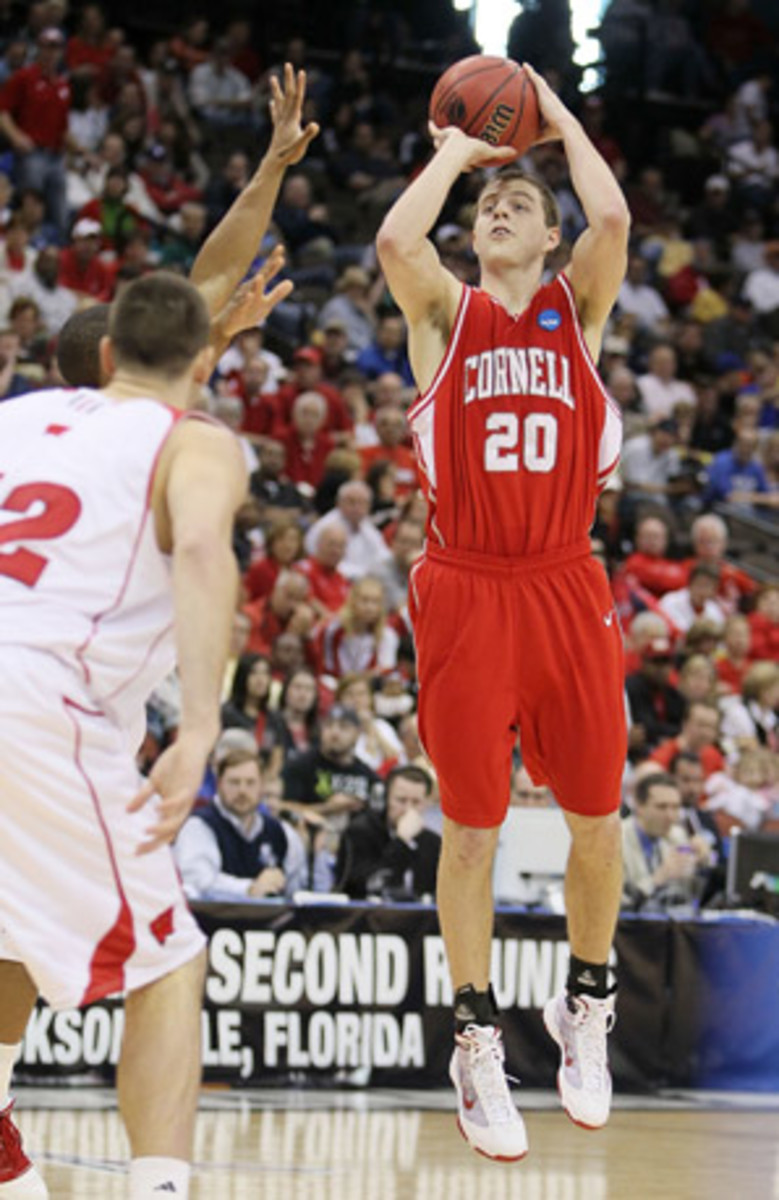
Why you should expect fewer upsets in future NCAA tournaments
If you loved last weekend's zaniness -- 16 higher seeds lost during the first two rounds of the NCAA tournament, including No. 1 Kansas -- you'd best spend the next several days savoring it. Because first-week upsets have become strikingly more rare than they once were. And this year's aberration isn't likely to alter the long-term trend.
The reason is simple: The NCAA basketball committee is using more and better information to make its seedings. In the six tournaments from 1998 to 2003, Rounds 1 and 2 featured an average of 14.5 games in which a lower seed beat a higher seed. In the six NCAAs after 2003, when the committee made the decision to upgrade its data, upsets occurred in an average of only 12 first- and second-round games.
That's a decrease of more than 17 percent.
How did this come about? In 2003 the NCAA altered the Ratings Percentage Index, or RPI, so it was no longer a blunt instrument to advantage major-conference schools unwilling to play mid-majors on the road. More than that, since '03 committee members have been encouraged to take into the room -- and cite as they make their cases -- any credible evidence they like, from Jeff Sagarin's computer rankings to the AP coaches' poll.
Here's the story: In 2003 several committee members, new to the sport's sanctum sanctorum, posed a sensible question: How could any system that purports to rank college basketball teams not account for the single most relevant factor in the sport, i.e., whether a team is playing at home or on the road? (You can read all about the RPI's genesis and computational quirks here, in this story I wrote for SI seven years ago.) The committee even brought in Sagarin, a math grad from MIT, as well as another numbers guru who decried the RPI as a metric "unworthy of a Third World country."
As a result, the RPI was finally and mercifully altered to account for home vs. away. But even with that tweak it's far from the best tool for predictive validity at the committee's disposal. The RPI picks a winner in roughly two of every three cases. Sagarin's "predictor," the first of two figures he generates to come up with his overall ratings, is five to six points more accurate. Best of all are the committee's seedings -- in other words, what you get when you layer human judgments on to all that numerical mumbo jumbo.
Unlike the many pundits, bracketologists and bloggers who still regard the RPI as some sort of hoops Rosetta Stone, and throw it around in the weeks leading up to Selection Sunday, the committee puts much less stock in it. The proof is right there in the quality of the committee's work. Thus I'm baffled, when ESPN's magnificent College Basketball Encyclopedia uses Sagarin's ratings as the basis for its rankings for posterity, that the network's on-air and Web talent keep running back to the RPI every year, like smitten schoolgirls to bad boyfriends.
We love it when the Cornells and Northern Iowas make a mockery of our expectations. But sound seedings certify those results as the upsets they are. It's time that we learn, as the committee has, that the less sway the RPI has in determining those seedings, the better.





